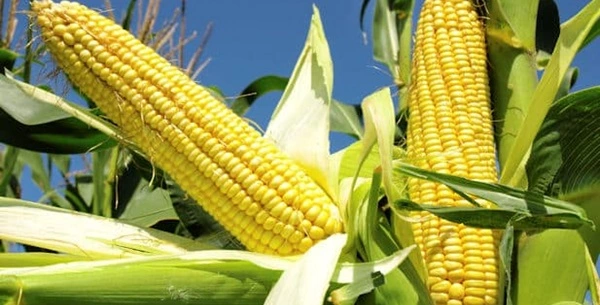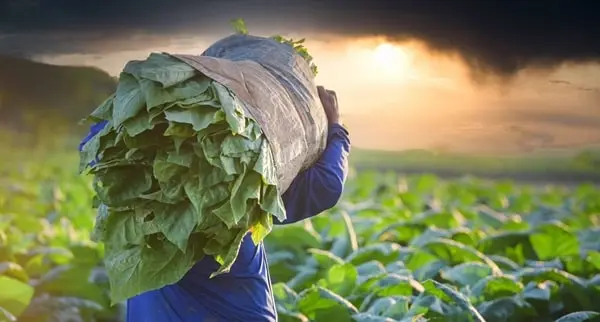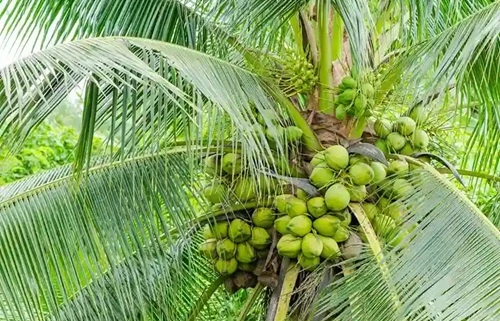India is a largest maize producer, ranking 4th in area and 7th in production globally. The estimated production for the year 2022-23 at around 35.91 million tonnes. Maize is considered the world’s leading crop, a cereal grain, and a versatile crop with wider adaptability. It is also called the queen of cereals because it scores the highest in genetic yield and can be grown in diverse seasons and ecologies. Maize is the third most-grown cereal and a crucial commercial crop because of its role in making ethanol, which is blended with petrol, and it is a popular poultry feed, too. Governmental organizations aim to reduce the consumption of sugarcane-based ethanol and replace it with Maize because of its sustainability. Thus, they have allocated INR 24.51 crore for related projects. Thus, the rising demand for ethanol and the poultry industry has stimulated the demand for the production of Maize in the future.

Let’s look at the top 5 major maize-producing states in India.
1. Karnataka:
Karnataka contributes about 15.53% of maize production to all India, which is the total output. The favorable agro-climatic conditions, like tropical humid climate and an average rainfall of over 750mm, are the major reasons for the substantial production of Maize in Karnataka. Karnataka has also adopted integrated nutrient, water, and pest management practices to optimize productivity. In addition, several governmental schemes, tools, and support in different forms, such as equipment and mechanized operations, aid in the enhanced production of Maize across the state.
2. Madhya Pradesh:
Madhya Pradesh is the second largest maize production state in India with a favorable climate for maize production. Therefore, the state cultivates Kharif and Rabi Maize in over 1 million hectares and contributes over 13.59% of maize production to India. The state also utilizes improved seed varieties, mechanization practices, and soil and water conservation practices, which aid in maize production’s cultivation and overall output. The state government also supports maize cultivation through its immense maize research conducted by agricultural institutes and coming up with unique and advanced production techniques.
3. Maharashtra:
Maharashtra contributes about 10.51% of total maize production to India. This is because of the capability of year-long cultivation of Maize. Maharashtra comprises fertile land that stretches over 75 lakh hectares and cultivates high-yielding hybrids; they incorporate drip irrigation, organic techniques, and market linkages that boost farmer incomes from the crop.
4. Rajasthan:
Rajasthan has become India’s 4th largest producer of maize, contributing about 9% of the national production of maize. Districts like Jodhpur, Bikaner, and Churu districts leverage groundwater and surface water, which help enhance maize production in the state.
5. Bihar:
The fertile Gangetic plains and vast 0.7-million-hectare land aid the immense production of Maize and other crops in the state. Bihar contributes about 7% of the national corn production. Farmers of the state support and promote hybrid varieties and sustainable cultivation practices that enhance yields.
Overall, the growing demand for the poultry sector, growing urbanization, and increasing demand for processed foods such as fine cereals, maize-based concentrates, bakery products, and others are stimulating the demand for efficient maize production in India. Additionally, in several states of India, the major contributors of maize India deploy unique planting techniques such as raised bed planting, which offers proper spacing for the crop to grow; Zero-till planting, which requires minimal cost for cultivation; and other techniques such as furrow planting techniques, conventional till flat planting techniques.
Conclusion:
India stands at 4th place in growing area and 7th place in producing the crop, contributing about 2% of the total global production of Maize. The scope of production in India for cultivating maize crops is limited, but the projected demand by 2050 is expected to increase 4-5 times the current production. Therefore, the need to increase the yield and efficiency is increasing. To support the cultivation of the crop, the Indian government has started focusing on increasing seed availability, providing storage and marketing linkages, and creating private and public partnerships, thereby empowering farmers and harnessing the maize value chain.
FAQs:
1. Why Corn is considered a crucial commercial crop?
Ans: Corn is utilized to produce many products such as animal feed, corn starch, sweeteners, corn oils, soups, gravies, soft drinks, chewing gums, glues, sandpapers, inks, etc. Since all these products are fast-moving consumer goods, Corn is a crucial commercial crop.
2. How has the demand for the production of Maize in India increased?
Ans: 10 years ago, only 5-6% of maize was consumed for industrial use, and less than 50% was consumed for feed. Now, the demand for the poultry industry and livestock industry has grown to up to 10% per annum.
3. Who is the biggest producer of Maize at the global level?
Ans: United States and it produces about 31.52% of the global maize production.
4. What is India’s percentage of maize production in the global share?
Ans: India produces about 2.71% of global production.

